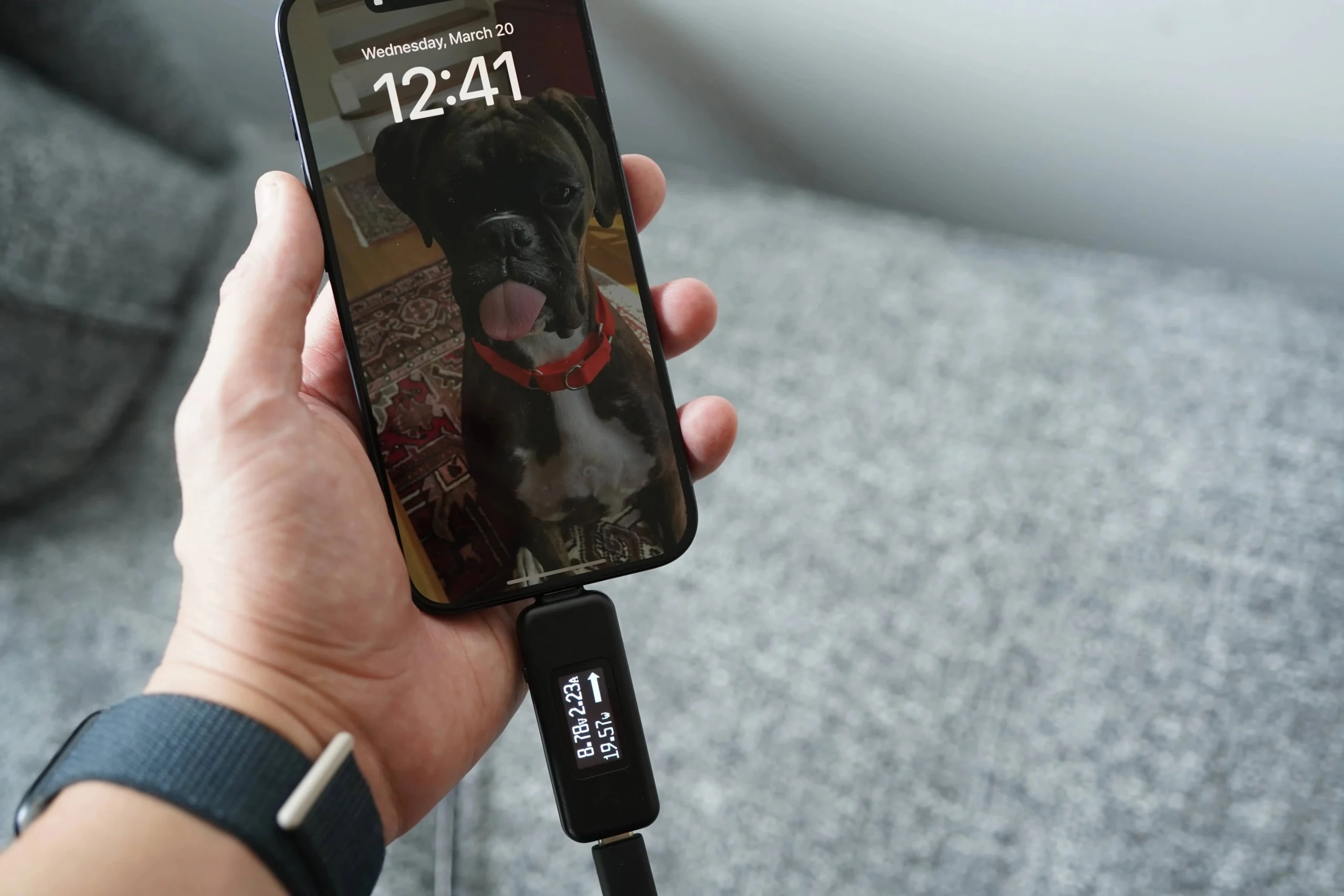Have you ever tried charging your phone, laptop or headphones and, after a few hours, it still wasn’t charged? The answer is most likely “yes.” You’re then left wondering if there’s something wrong with your device, the charger or the cable. It’s frustrating.
The good news is that you can buy little adapters that show charging stats to help identify the problem. They’re called power meters, and they’re fairly inexpensive.
USB power meters are pretty simple. You plug them into your device and they act as a conduit between it, the charging cable and the power adapter. When charging, the power meter will show you the power — specifically the wattage, but sometimes the voltage and amps as well, depending how fancy it is — going into your device. (You can also plug one directly into a power adapter to see how much power it’s distributing.)

Like most people these days, I have a lot of different gadgets. And thankfully most of them charge via USB-C — even my iPhone — so I can use the same charging cable for all of them. Still, they obviously all have different charging capabilities.
“USB-C is this technology that on one hand is very simple for users — it’s one port to connect everything,” says Bernie Thompson, the founder of Plugable Technologies, which makes an array of chargers, docking stations and related products. “But on the other hand it’s really confusing because you’re never quite sure what level of functionality you’re going to get when connecting things.”
A little power meter can, as Thompson says, help “clarify what’s happening.” I’ve been trying out Plugable’s USB-C power meter for the past several weeks and it’s been enlightening, but mostly quite fun. I use it when charging my iPhone, AirPods and MacBooks, if for no other reason than just to see what’s going on.

